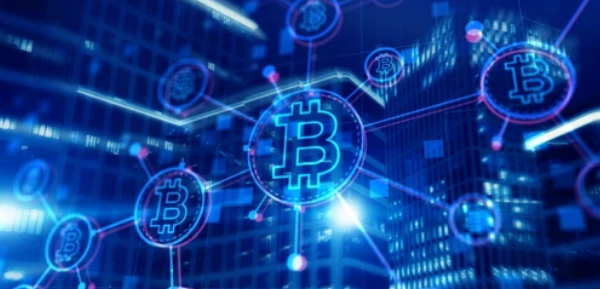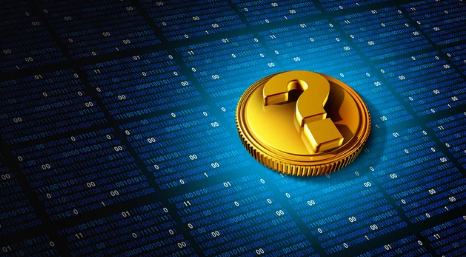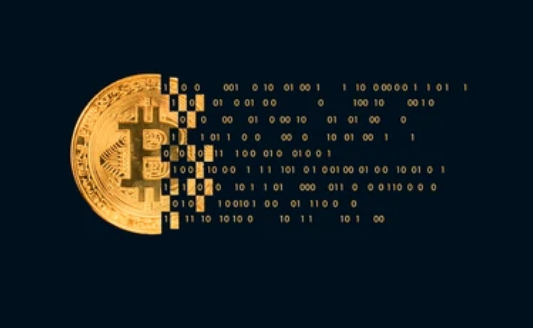The internet has transformed our world in countless ways. From the static websites of the 1990s (Web1) to the interactive, social, and mobile-driven platforms of today (Web2), each stage of the internet has brought new possibilities and challenges. Now, we stand on the brink of another seismic shift: Web3.
Web3 is often described as the next evolution of the internet—a decentralized, user-owned, and blockchain-powered ecosystem that redefines how we interact, create, and exchange value online. Supporters believe it represents nothing less than an internet revolution, reshaping industries, economies, and society itself.
But what exactly is Web3, and why is it gaining so much attention? Let’s explore.
What is Web3?
At its core, Web3 refers to an internet built on blockchain technology, cryptographic security, and decentralization. Unlike Web2, which is dominated by tech giants that control platforms and user data, Web3 aims to give control back to the users themselves.
Key principles of Web3 include:
- Decentralization – No single company or authority controls the network.
- Ownership – Users own their digital identities, data, and assets.
- Trustless systems – Transactions and interactions don’t require intermediaries because blockchain ensures transparency.
- Tokenization – Value and incentives are built directly into platforms through cryptocurrencies, NFTs, and governance tokens.
In short, Web3 is not just about using the internet—it’s about participating in it as an owner.
How We Got Here: From Web1 to Web3
To understand Web3, it helps to look at the history of the internet:
Web1 (1990s – early 2000s): The Read-Only Web
- Static websites with limited interaction.
- Users mostly consumed information.
- Few creators, many consumers.
Web2 (2000s – Present): The Social Web
- Interactive platforms like Facebook, YouTube, and Twitter.
- User-generated content became mainstream.
- However, large corporations centralized control, monetizing data and controlling digital ecosystems.
Web3 (Emerging): The Decentralized Web
- Built on blockchain and peer-to-peer networks.
- Users can own digital assets, govern platforms, and earn directly from participation.
- A shift from platform-owned economies to user-owned economies.
Core Technologies Powering Web3
Several innovations make Web3 possible:
- Blockchain – The backbone of Web3, enabling secure, transparent, and tamper-proof transactions.
- Cryptocurrencies – Powering digital economies and incentivizing participation.
- Smart Contracts – Self-executing agreements that automate trust without intermediaries.
- Decentralized Applications (dApps) – Apps built on blockchain that run without centralized servers.
- Non-Fungible Tokens (NFTs) – Unique digital assets representing ownership and identity.
- Decentralized Autonomous Organizations (DAOs) – Community-governed groups that make collective decisions without traditional hierarchy.
Why Web3 Matters: Its Role in the Next Internet Revolution
Web3’s rise is not just about new technology—it’s about reimagining the internet’s power dynamics.
1. User Empowerment
In Web2, platforms control your data. In Web3, you own your data, digital identity, and assets. This could lead to a more equitable digital economy.
2. New Economic Models
Creators, gamers, and developers can be directly rewarded through tokens and smart contracts. Instead of relying on ads or middlemen, users participate in value-sharing economies.
3. Financial Inclusion
Web3 uses decentralized finance (DeFi) to provide banking, lending, and investment services to anyone with internet access, bypassing traditional barriers.
4. Censorship Resistance
Because Web3 is decentralized, no single government or corporation can easily shut down platforms, offering greater freedom of expression.
5. Interoperability and the Metaverse
Web3 enables digital ownership across platforms. An NFT purchased in one game could be used in another, laying the foundation for interconnected virtual worlds.
Examples of Web3 in Action
- Ethereum – The most popular blockchain for smart contracts and dApps.
- Uniswap – A decentralized exchange allowing peer-to-peer trading.
- Decentraland & The Sandbox – Virtual worlds powered by NFTs and user-owned assets.
- Aave & Compound – DeFi lending platforms disrupting traditional banking.
- DAOs – Communities like MakerDAO and ConstitutionDAO showing collective governance in action.
Challenges Facing Web3
While Web3 holds enormous promise, it’s not without obstacles:
- Scalability – Blockchains struggle with high demand, causing slow transactions and high fees.
- User Experience – Managing crypto wallets and private keys is still complicated for mainstream users.
- Security Risks – Smart contract bugs and hacks have cost billions.
- Regulation – Governments are still deciding how to regulate cryptocurrencies, NFTs, and DAOs.
- Hype vs. Reality – Many Web3 projects are still experimental, and not all will succeed.
The Future of Web3
Web3 is still in its early stages, but its trajectory is clear. As infrastructure improves with scaling solutions (Layer 2, sharding) and more user-friendly apps emerge, adoption will accelerate.
In the long run, Web3 could:
- Create a truly global digital economy.
- Redefine ownership in both digital and physical worlds.
- Enable a creator-first internet where individuals capture more value.
- Support a decentralized metaverse, connecting digital experiences seamlessly.
Conclusion: A Revolution in the Making
Web3 represents more than a technological upgrade—it’s a philosophical shift. It challenges the centralized control of today’s internet and replaces it with a vision of shared ownership, transparency, and freedom.
While the road ahead has challenges, the potential of Web3 to reshape finance, governance, identity, and digital interaction is immense. Whether it’s the metaverse, decentralized finance, or creator economies, Web3 is paving the way for an internet where users are not just participants but true stakeholders.





